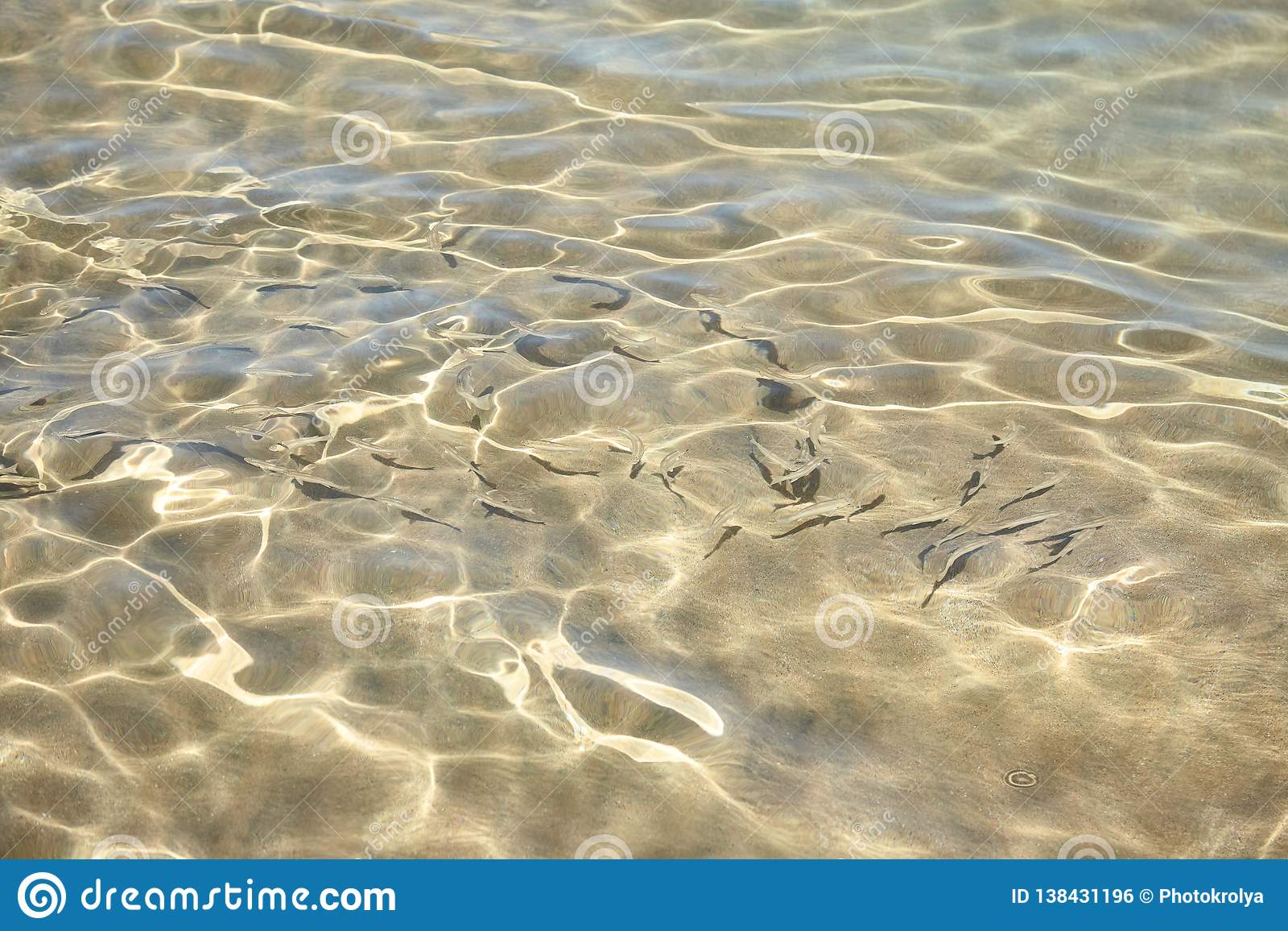In the sea. Typical marine feed fish are small silver school oily fish such as herring, anchovies and menhaden, and small school baitfish such as capelin, smelt, sand lance, half beak, pollok, butterfish and juveniles. .. The jellyfish follow the flow. They are floating in the flow. In other words, when the stream comes to the shore, jellyfish may also come. Stormy weather and strong winds can also carry jellyfish to the shore and reach the beach. Jellyfish are so watery that they die very quickly after being washed off the beach. Crustaceans such as sand crabs, pill bugs (isopods) and beach hoppers (amphipods), as well as beetles, bloodworms and clams, all move up and down the beach depending on the water level. This on-the-go lifestyle makes managing this ecosystem a unique challenge (see Best Practices). The difference between beaches is that many of the animals that live here constantly move in time with the ebb and flow of the tide. An array of crustaceans such as sand crabs, lolly polys, beach hoppers, beetles, bloodworms, and clams all move up and down the beach depending on the water level. Sand crabs are generally only. It was found along the beaches of the Outer Banks during the summer, but that doesn't mean it almost disappeared during the winter.
Thousands of small gelatinous clear lumps have been washed away on the east coast beach. Sometimes called "jellyfish eggs," these strange little creatures are called salps and have more in common with people than jellyfish.
Are there jellyfish on the beach?
Jellyfish can be found all over the world, from the tropics to the Arctic Ocean. Jellyfish are beautiful from a safe place, but when met nearby, tentacles can leave unpleasant puncture wounds. Here's everything you need to know about jellyfish on the beach:
What animals live in the sand on the beach?
Crustaceans such as sand crabs, pill bugs (isopods), beach hoppers (amphipods), beetles, bloodworms, and clams all move up and down the beach depending on the water level. ..
& gt;What kind of crustaceans live on the beach?
Crustaceans such as sand crabs, pill bugs (isopods), beach hoppers (amphipods), beetles, bloodworms, and clams all move up and down the beach depending on the water level. .. This on-the-go lifestyle makes managing this ecosystem a unique challenge (see Best Practices).
Are there crabs on the beach?
Crabs and clams are lurking under the saturated sand. Sand crabs are common in swash zone bait aggregates. Crabs (also known as crabs) are strange creatures. These sand dwellers, which are shaped like small eggs and grow up to 1.5 inches long, are easily found on the beach.
What are small fish called?
Standard length of known mature individuals with the smallest common name dwarf pygmy haze panda capgma air 9 mm (0.35 inch), osmiset dwarf goby trimmer tomnanus 10 mm (0.39 inch)
Which small sea fish can be found near shallow waters and beaches?
Demersal fish can be found near the shallow waters on the beach.
What kind of fish live in the sand?
Sandfish, one of several unrelated marine fish found along the beach. The Gonorhynchus species sandfish or beak salmon gonorhynchus (Gonorhynchidae family) inhabit the shallow to deep waters of the Indo-Pacific and can rapidly dig holes in the sand.
What are the small animals in the ocean?
In no particular order, here are the top picks of the eight smallest animals in the ocean. Marine virus. We are starting small — really small. .. Marine bacteria. Again, like dry land, the ocean is home to countless marine bacteria. .. Algae. .. Dwarf lantern shark. .. Sexy shrimp. .. Young frogfish. .. Nudibranch Pygmy seahorse. Eight of the smallest creatures in the ocean-Scuba Diver Life

Below you will find two helpful answers on a similar topic. 👇
What is the biggest fish in the world?What is the UK's smallest fish?
